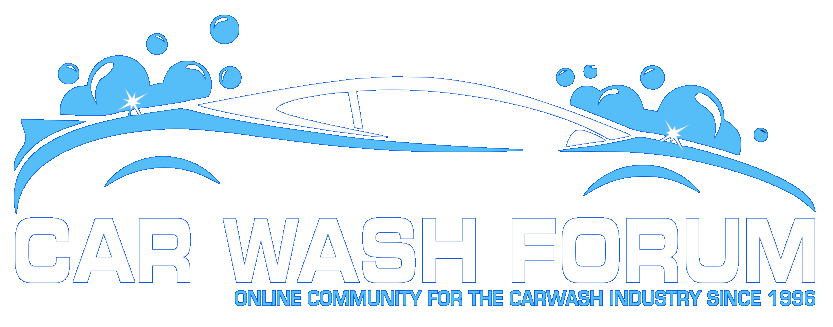Perhaps best way to answer the questions is to examine effect of unlimited.
Assume participation rate is five percent and unlimited customers visit between 4 and 5 times per month.
If sales volume is 12,000 cars per year, a participation rate of five percent and visiting five times a month would increase sales volumes to 21,000.
At 21,000 cars per year, hourly demand during peak operating conditions for single in-bay would be 20 cars.
So, if maximum capacity is 15 cars per hour, expect the average length of waiting line and average waiting time to growing indefinitely when very busy.
Basically, the possibility of this would occur each time the random arrival rate of customers exceeds nine cars an hour.
If capacity can be worked around, next is revenue generation and margins.
Start with baseline. 12,000 X $8.50 = $102,000
Subtract five percent participation rate from baseline.
12,000 X 0.25 = 3,000 X 0.95 = 2,850 X $8.50 X 4 = $96,900 new baseline
Unlimited = 3,000 X 0.05 = 150 X 12 months X $20.00 (price) = $36,000
$96,900 + $36,000 = $132,900
Assume unit variable cost is $2.50 includes credit processing fees, chemical, utilities and equipment maintenance and repairs.
$102,000 – (12,000 X $2.50) = $72,000
$132,900 – (21,000 X $2.50) = $79,500
This demonstrates how unlimited works and why scale is necessary.
For example, with a large conveyor, five percent participation rate might mean 1,000 members. 1,000 X 5 visits a month is an additional 50,000 washes annually.



